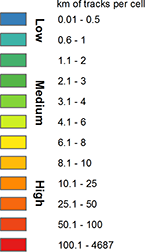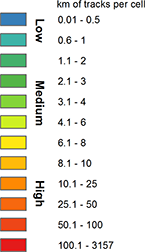Tug and barge operators move 800 million tons of bulk commodities and cargo like fuel, grain and building materials from port to port along U.S. coastlines each year, keeping our economy afloat. Much of the gas in your car, fuel for heating your home, construction materials used to build new schools, highways and housing developments, and food on your table has spent some time on a barge that was towed from one port to another along the Mid-Atlantic Coast.
This critically important mode of water transportation is often overlooked. However, it significantly reduces greenhouse gas emissions because it is the nation’s most fuel-efficient mode of moving goods. According to the American Waterways Operators (AWO), the national trade association for the U.S. tug and barge industry, a mid-size coastal tank barge has the capacity to take 523 loaded trucks off the road or replace 167 loaded railcars. Moving the same amount of cargo by tug and barge produces 20 percent less CO2 per ton-mile than carrying it via rail, and a 90 percent reduction in CO2 emissions compared to moving it via trucks.
The tug and towing vessel operators play a major role in securing our coastal waters, serving as the “eyes and ears” of our marine transportation system to keep our nation’s waters safe in partnership with the Coast Guard. In fact, the tug and barge vessel operators worked with the Coast Guard, ferry operators and other vessels to evacuate more than 500,000 people from Manhattan on 9/11—the largest maritime evacuation in history.

